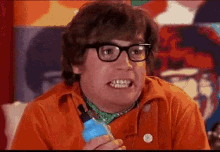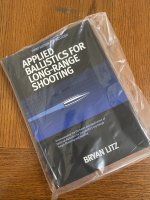Interesting ... but ... not sure how I'd do that since all of my thousands of primers have been stored in exactly the same way. I really don't think there'd be any difference over just a week. My sense is that "years in humidity" could change the dynamic, but not "weeks". You do bring an interesting point to this lively debate. That being ... all these throngs and hordes of people that swear their decades-old and maxi-moist primers always go "Bang" ... really aren't coming to that discussion with data about "how" they go "Bang". Do those old primers deliver the same SD ES Velocity and Accuracy as the new and dry ones. Are they only good for plinking, but not for precision ELR work? I don't know. Maybe someone reading this that has both old-soggy and new-dry primers can do a quick side-by-side test for us that focuses on ballistics and accuracy at distance.
I'm not doing anymore personal observations or shared tests though ... my fragile ego can't handle the criticism.
How long does it take for primers to acclimate? It can't be more than a week or two. Your fragile ego can handle this. You're a good person and people like you, dawgonnit.







